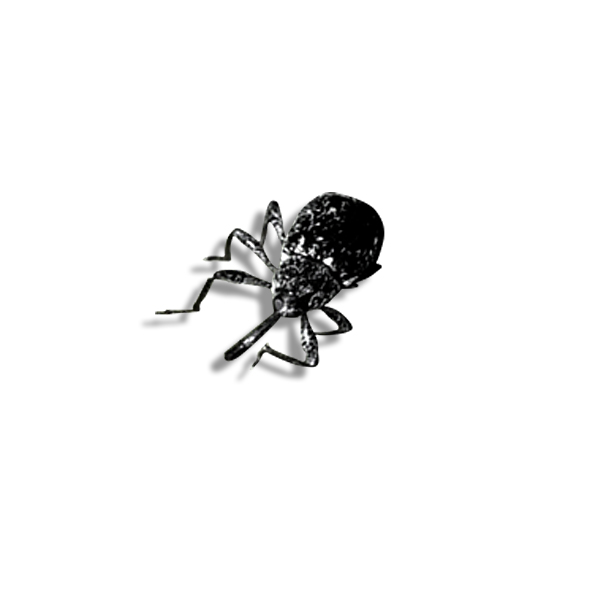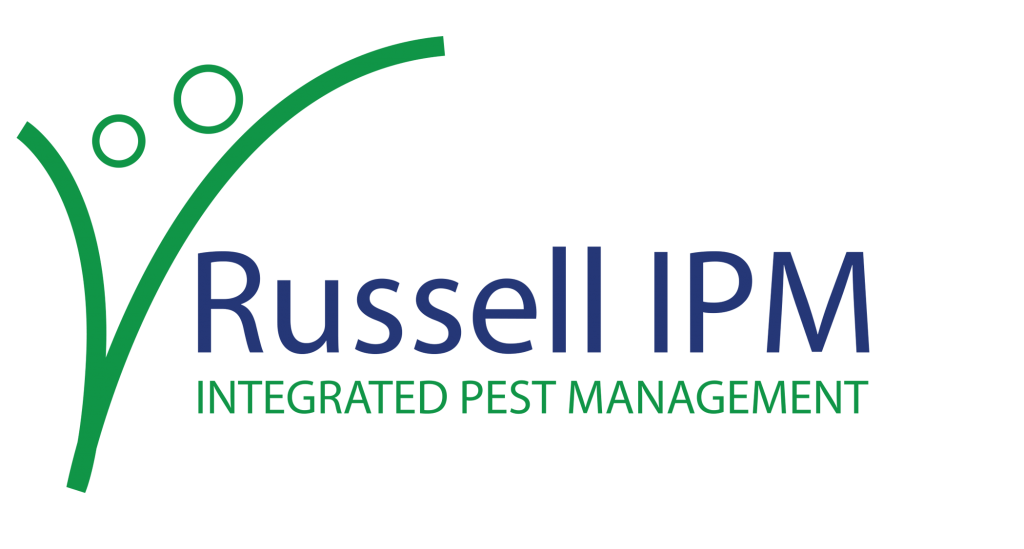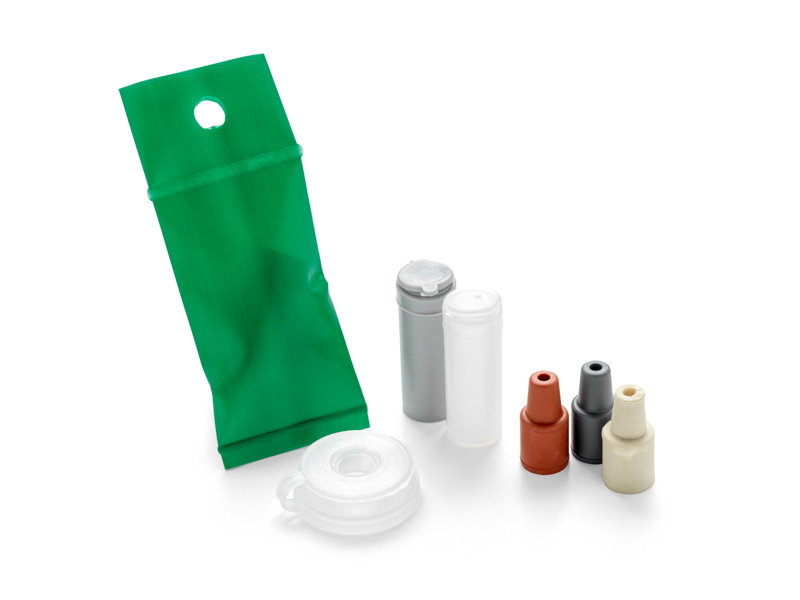
Biology
Adult pepper weevils are oval-shaped blackish beetles, reaching 2.0 to 3.5mm in length. There may be greyish or yellowish markings. The body is highly curved, with a snout half of the body’s length. Their antennae expand at the tip.
Eggs are yellowish and oval-shaped with a 0.39mm width. They are deposited singly by females into a bore in the surface of buds or pods, and are surrounded by a hard dark substance.
Larvae are white or grey with a yellowish-brown head, and are legless. They are roughly 1mm long when new and can reach up to 5mm in length the third (and final) instar.
Pupae are white when new, but turn yellowish-white and gain brown eyes.
Nature of Damage
The most common signs of pepper weevil infestations are early colour change of and dropping of pods (young fruit). Fruit attacked by adults may appear deformed and have small brown entry marks. Larvae inside fruit will leave clean, round exit holes after maturing, and the core of the fruit will be brown and possibly mouldy.
Life cycle and Behaviour
Females lay five to seven eggs per day, totalling an average 341 over their lifetime. Eggs are usually only laid on hosts in the Solanum or Capsicum families, notably tomatoes, peppers and potatoes. Larvae emerge after 3 to 5 days and bore into buds and pods. One larvae occupies each bud, but several can survive in developed fruit. After approximately 13 days, larvae pupate within the fruit or blossom for around 5 days. Total development lasts 20-30 days. Adults survive for several months, and are able to fly large distances to find hosts. Migrations north are common, but pepper weevils cannot survive unless fruits are grown year-round. They can feed on weeds such as nightshades, puncturing into fruit, buds and blossom. When no fruits are available, adults may feed on leaves and stems. Adult weevils are most commonly seen in the spring and summer months. In optimal conditions pepper weevils can have up to 8 generations per year. More commonly the range is 4 to 6.
Monitoring
Monitor from planting using yellow sticky traps combined with pheromone lures.
Monitoring Recommendations
Monitoring overview:
Start monitoring from planting until the end of the, using yellow sticky traps combined with pheromone lures, to give early warning of the infestation and to help with decision-making. The pheromone lure contains an aggregation pheromone, which attracts both male and female Anthonomus eugenii.
Lures
Replace lures every 4-6 weeks to get the most accurate results.
Lures handling
Pheromone lures are very sensitive tool. They can be affected by exposure to elevated heat and direct sunshine. Place the lures on the shaded side of the trap. Direct touching by hand may cause cross contamination leading to mixed catches in the trap. Some contaminants such as Nicotine may have repellent effect reducing trap catch.
Lure storage
Store in a cool, dry place out of direct sunlight. Store lures in a freezer for maximum life. Shelf life can vary depending on the storage temperature.
- When stored in a refrigerator at 4-9°C, this product will last 12 months.
- When stored in a freezer at -18°C, this product will last for 24+ months.
Trap Selection
Patterned yellow sticky trap (Pepper XE) is the most suitable trap for monitoring this insect. Pheromone lure can be attached with the ties provided.
Trap Density
Space the traps evenly through the crop at least 10 traps per hectare for monitoring, but add more traps in pest hot spot areas, up to one trap every 2m2, as they occur.
Trap Position
Sticky traps should be hung near the top of plants and moved up as the plants grow.
Data and Interpretation
Collect date weekly from throughout cropping. Decisions on control treatments should not be taken solely on the trap catch data. Climatic and biological considerations should be taken in account.



